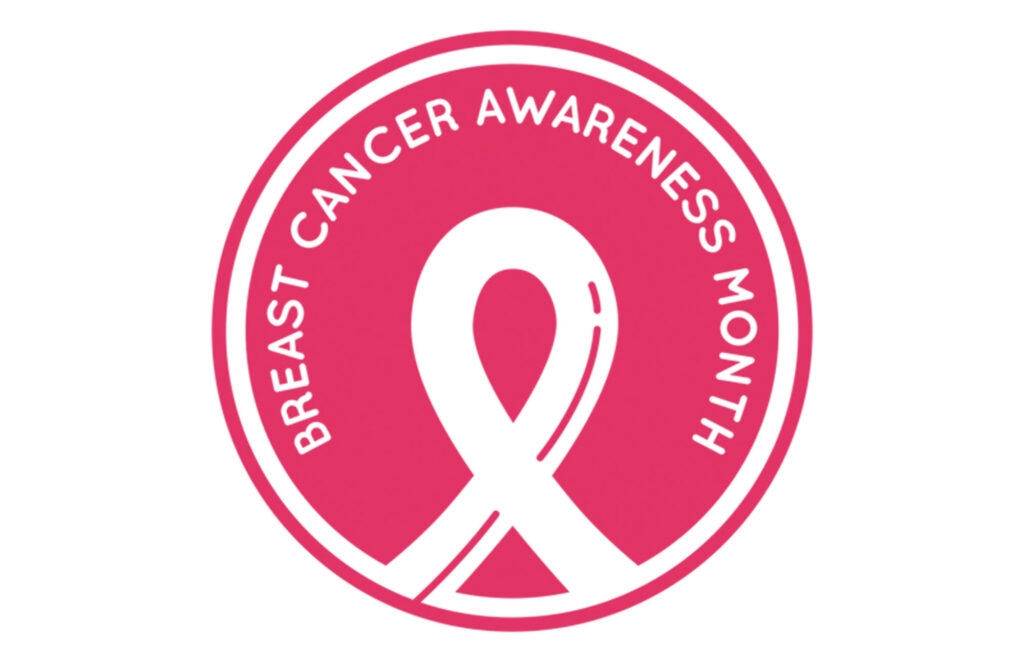
O
ctober is Breast Cancer Awareness Month and why is this important?
By the end of 2024 it is predicted that 20,973 women will be diagosed with breast cancer in Australia this year, but it doesn’t stop there. Did you know that men can also develop breast cancer? It is anticipated that 221 men will be diagnosed with breast cancer as well this year.
The chance of patients surviving breast cancer has improved over the years due to advances in treatment, but breast cancer still accounts for 14.1 percent of all cancer deaths in Australian women. Needless to say, the treatment for this cancer is life altering and even the strongest struggle to manage side effects.
My advice to you: prevention! By regular self-checks and early detection, you can reduce your chances of developing advanced breast cancer significantly.
As health professionals we often make these suggestions but what does this really mean? Each month you should do a breast self-examination, whether you are male or female. And if you have a partner, you could make it fun by checking each other.
Doing a breast self-exam means checking your breasts, by sight and by touch, for any changes, like a new lump. When checking by sight, remove your top and stand front on to a mirror with your hands on your hips. If your breasts appear unevenly shaped with distortion or swelling, including dimpling, puckering or bulging of the skin, you need to inform your general practitioner. Sometimes indications may also include changes in the nipple (inversion), redness, soreness, and rash, fluid coming out or swelling. Now repeat this check with your hands in the air.
The next step is to examine by touch… now don’t get distracted, stay with me. Lay on the bed using your right hand to feel your left breast, and then your left hand to feel your right breast. Starting in the armpit (yes believe it or not, there is breast tissue in the armpit), use a firm smooth touch keeping fingers flat and together. Press down with your fingers and move them in a circular motion that’s about the size of a twenty-cent piece (or an inch around). You will need to move your hand over to your collarbone, down to your abdomen, covering your entire breasts. You can also move your fingers down the breast vertically. Some people find it easier to check their breasts while showering. Examine the entire breast the same way you would if lying down.
Please remember that if you are at all concerned, please see your general practitioner.
Some people may have naturally lumpy breasts and it’s important to have them checked regularly.
The key is to get to know your breasts and if they have changed by sight or touch see a doctor. For comprehensive instructions please refer to guidelines from the Breast Cancer Network Australia at www.bcna.org.au
Knowing your breasts is a good way to reduce your risk of breast cancer. Happy checking.
